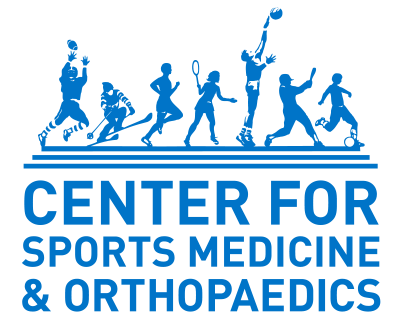Move Freely Again with Motion Preservation Spine Surgery Solutions
Motion preservation in spine surgery refers to surgeries and procedures that aim to maintain normal range of motion in the neck and back. It’s attempting to keep the natural movement of the spine instead of making it stiff. Traditional spine surgeries often involve fusion procedures, where two or more vertebrae are fused together to stabilize the spine and alleviate pain. While fusion can be effective in certain cases and may be the recommended course of treatment, it may also limit the natural movement of the spine in the areas that are fused together.
Motion preservation includes using artificial discs, dynamic stabilization devices, and other methods that address spinal issues while allowing the spine to move more naturally. These techniques are designed to maintain flexibility and potentially reduce the risk of certain complications, while allowing the spine to move like it normally would. The back, neck and spine surgeons at CSMO are highly trained in both approaches, giving you the greatest number of options to address any type of spinal pain.

